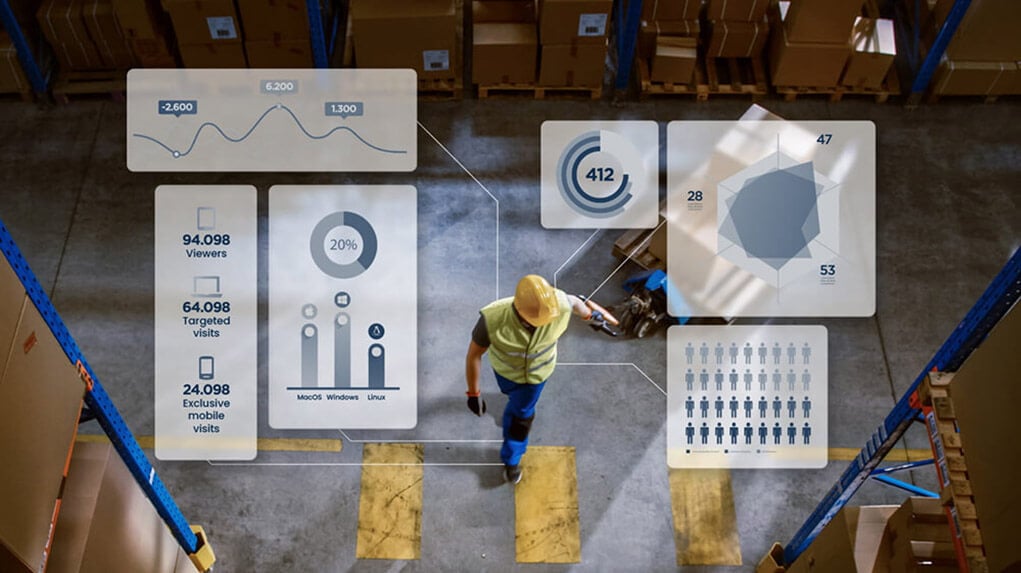How AI Is Reshaping Search Dynamics
How AI Is Reshaping Search Dynamics

Let’s dive into how AI is transforming search.
The Massive Shift to AI-Powered Tools
Reaching 100 million users in just two months, ChatGPT’s growth underscores high demand for this new search experience. Why? Because it is positive and rewarding, providing:- Cognitive Engagement
Dynamic, conversational flows feel more like collaborative problem solving as AI adapts to input, asks clarifying questions and refines its responses based on user needs. - Emotional Engagement
Easy, relevant answers reduce frustration and promote instant gratification, creating an emotionally satisfying search experience. - Positive User Engagement
Like video games or scrolling through social media, this heightened engagement keeps users interested, creating a loop of interaction and learning.
New Solutions Drive Higher User Expectations
As with any new digital service, user expectations are increasing rapidly.
In essence, users now seek a 24/7 digital companion—an AI-powered “friend” that knows them well, understands their preferences and delivers the right answer every time through advanced features, including:
- Conversational/Voice Queries
Relevant answers in a fluid, back-and-forth conversation—both with text and voice. - Personalized Results
Search engines to tailor responses according to search history, preference and location. - Visual and Multimodal Search
Search through visuals and by combining inputs (text, voice, images) to make searches richer and more dynamic. - Higher Accuracy Expectations
As AI becomes smarter, users’ tolerance for mistakes or irrelevant answers is decreasing rapidly. - Summarized Information
Information distilled down to key points, quickly.
The Biggest Change in the History of Search
AI has redefined not only how users find information but also what they expect from a search experience in general. As search professionals, advertisers and businesses, adapting to these evolving dynamics means focusing on artificial intelligence optimization (AIO) for search.
Like the SEO and SEM that preceded it, AIO calls for a deep understanding of user intent and how AI filters information for users. Moving beyond surface-level keywords to create content and solutions that align with market trends, interests and demands is more relevant than ever.
Conclusions
The search industry is going through its biggest transformation yet, with AI not only changing how we search but also raising the bar for user expectations. It’s more important than ever to embrace these changes and get creative with new technologies. By fine-tuning what already works and mixing in AI-driven tools, businesses can stay ahead of the curve.
At RAB2B, we’re blending tried-and-true strategies with cutting-edge AI to craft a personalized search approach that helps you keep up and thrive in this fast-changing landscape.
About the author


Originally from Costa Rica, I’m now based in Mexico, discovering new AI trends and testing tools in the ever-changing search landscape to indulge my fascination with the intersection of search and AI.
Andrés Montero
Search Marketing Associate Director, Mexico.

